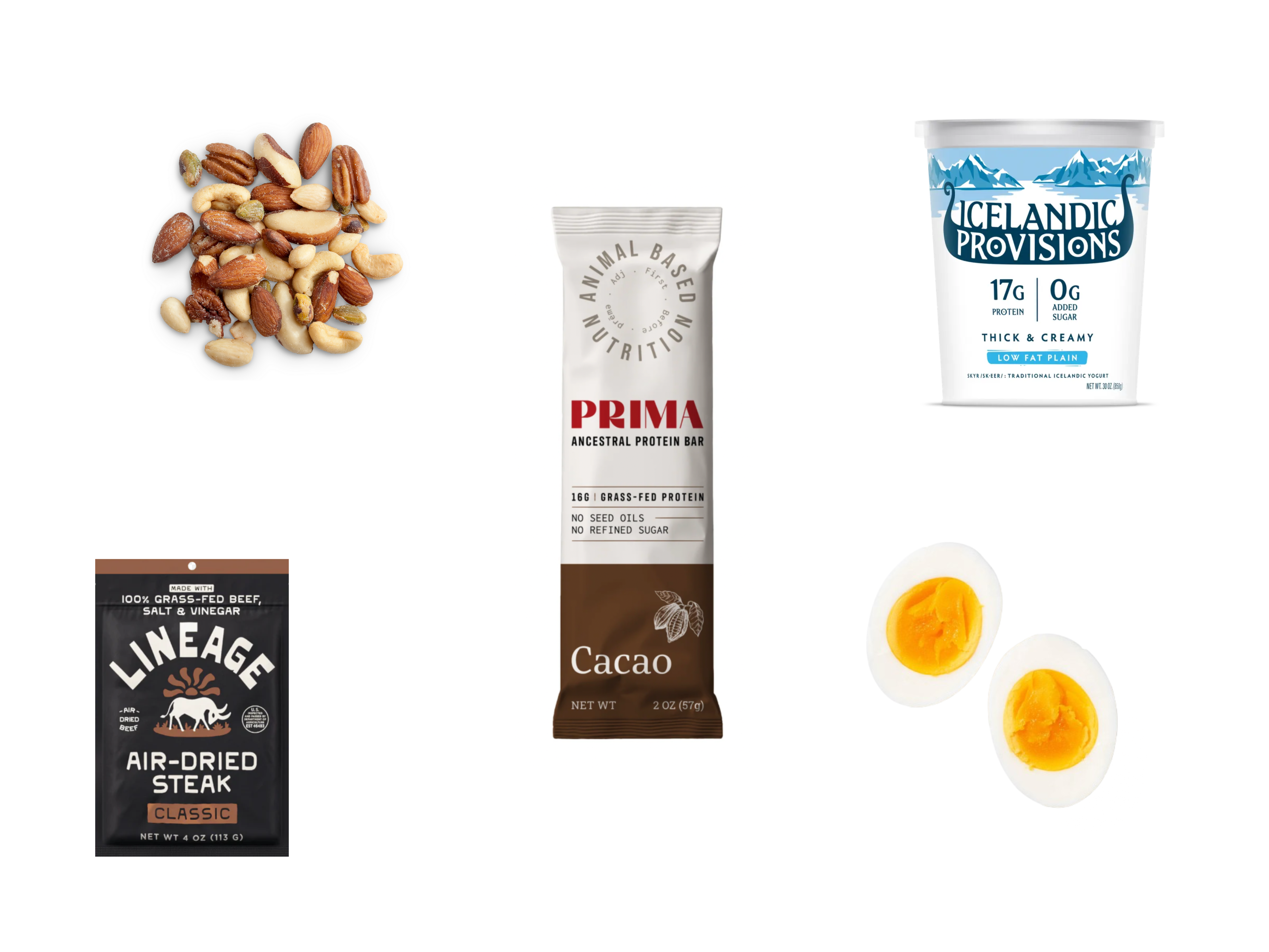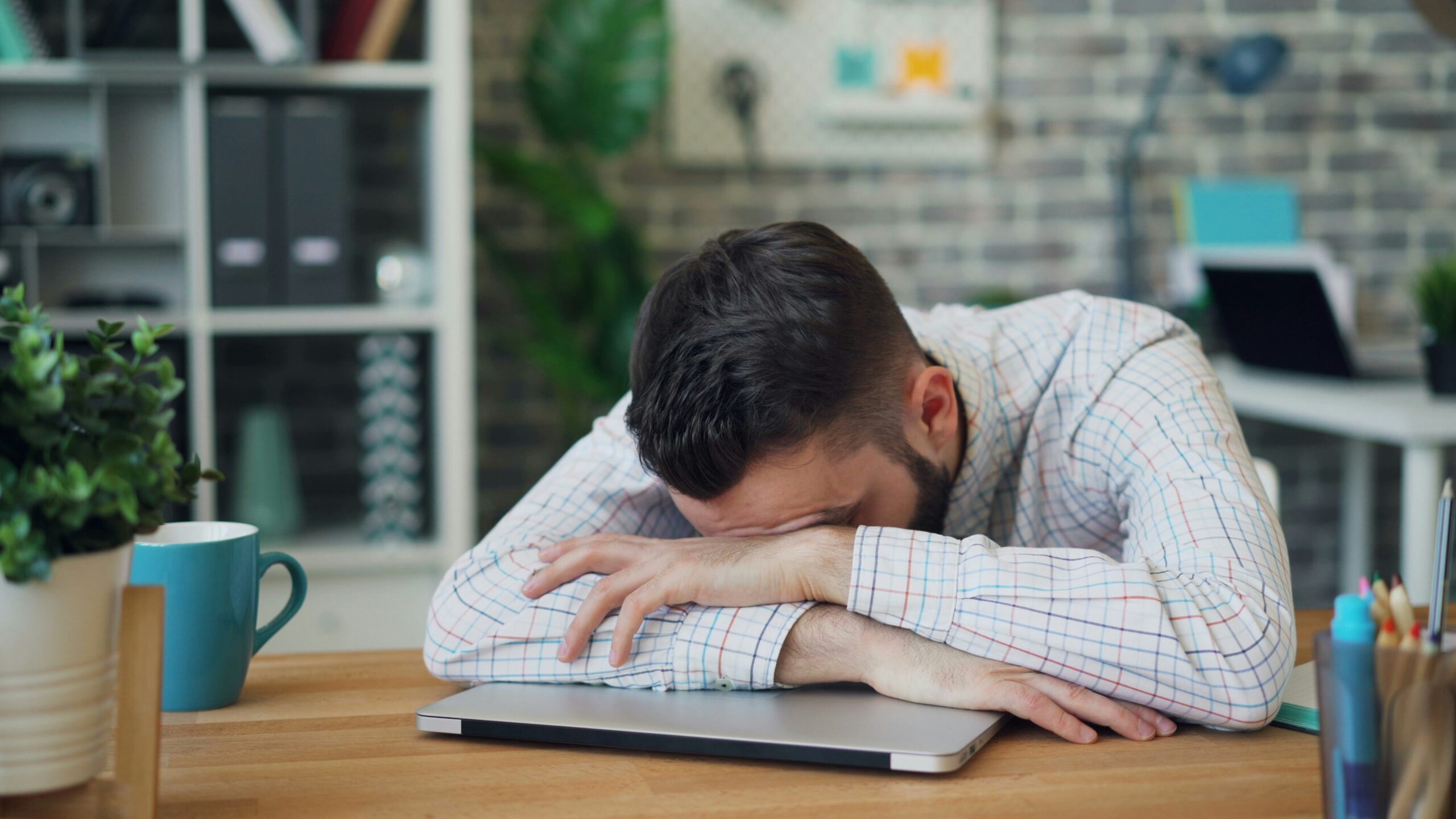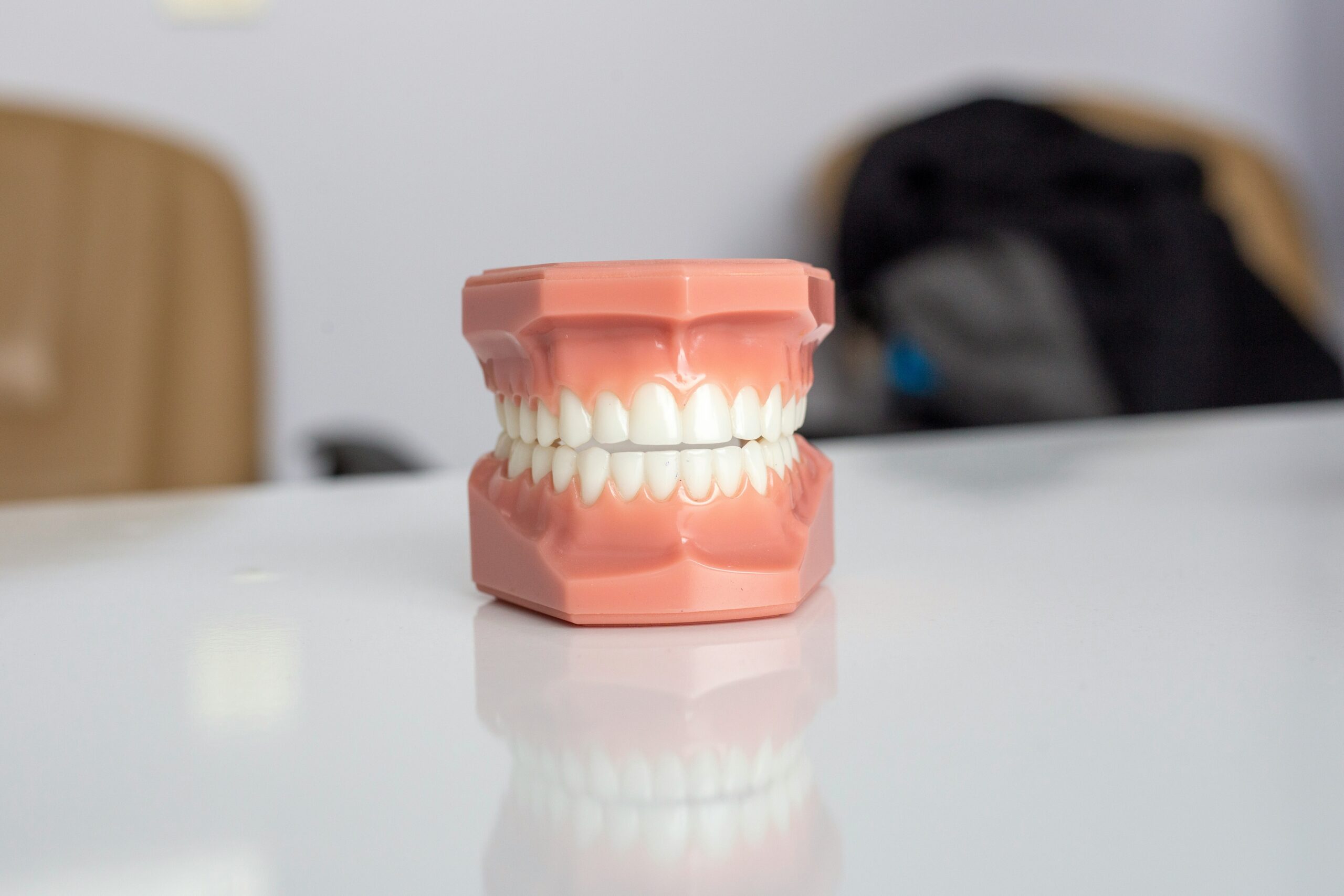
I’ve had a couple of bad sicknesses in my life (like strep) where I needed antibiotics. And while I’m thankful for medicine that can literally stop an infection in its tracks, I hate how it wrecks your gut and overall microbiome. You finish the pills, the infection is gone… but your digestion feels off, your energy is low, and your body just doesn’t feel balanced anymore.
The good news? Not all is lost. With the proper habits, nutrition, and lifestyle choices, you can restore your gut health and replenish your gut flora after antibiotics. Let’s break it down.
First, What Is Gut Flora and the Microbiome?
- Gut flora (also called gut bacteria) refers to the trillions of microorganisms living in your digestive system. They help break down food, absorb nutrients, regulate your immune system, and even affect your mood.
- The microbiome is the bigger picture, not just bacteria in your gut, but the entire ecosystem of microbes (bacteria, fungi, viruses) that live in and on your body.
When these microbes are in balance, you thrive. When they’re disrupted (like after a round of antibiotics) you may deal with bloating, digestive issues, fatigue, and even lowered immunity.
What Are Antibiotics and Why Do They Wreck the Gut?
Antibiotics are medications designed to kill harmful bacteria that cause infections (like strep throat, ear infections, or UTIs). Antibiotics are crucial because if you don’t stop an infection, it can spread to other organs and become life-threatening. For example, an untreated strep infection can lead to complications like rheumatic fever, kidney inflammation, or even sepsis. While antibiotics can disrupt your gut flora, they are often necessary to prevent far more serious damage in the body They’re life-saving, no question.
But here’s the downside: antibiotics don’t know how to distinguish between “bad bacteria” and “good bacteria.” So while they kill the infection, they also wipe out huge portions of your healthy gut flora. That’s why many people feel “off” after taking them.
How Long Does It Take to Restore Gut Flora After Antibiotics?
Research shows that your gut microbiome can begin to bounce back in about 2–6 weeks after finishing antibiotics, but it may take several months for your gut flora to fully rebalance, especially if you don’t actively support it.
The key: what you do after antibiotics makes all the difference. You can either help your gut heal faster… or leave it vulnerable.
How to Replenish Gut Flora After Antibiotics
Here’s what you can do to restore balance in your gut naturally:
1. Take a Probiotic
Probiotics add live, beneficial bacteria back into your system. Look for a high-quality probiotic with multiple strains (like Lactobacillus and Bifidobacterium).
— When to take it? Once a day is enough for most people. Some find benefit from splitting the dose morning and night, but consistency matters more than timing.
Here’s the probiotic I recommend.
2. Incorporate Gut-Healing Foods DAILY
Food is the fastest way to feed and restore your microbiome. Add these into your daily routine:
- 🥚 Eggs – easy to digest, nutrient-rich.
- 🥛 Yogurt & Kefir – loaded with probiotics.
- 🧀 Dairy (butter, cheese, buttermilk) – choose grass-fed and full-fat if tolerated.
- 🥒 Fermented Foods – pickles, kimchi, kombucha, sauerkraut, fermented tomatoes.
These foods aren’t just trendy “health foods,” they’re traditional staples that have supported gut health for centuries.
3. Stay Hydrated
Water is underrated. Hydration helps keep digestion moving smoothly and supports the mucosal lining of your gut, which is crucial after antibiotics. Aim for at least half your body weight in ounces of water daily.
4. Prioritize Protein
Protein is essential for rebuilding your gut lining and supporting the immune system after antibiotics. Without enough protein, your body struggles to repair and restore balance. Aim for high-quality protein sources daily like:
- 🐟 Wild-caught fish
- 🐓 Pasture-raised chicken or turkey
- 🥩 Grass-fed beef
- 🥚 Eggs
- 🫘 Beans and lentils (if tolerated)
- 🥤 Clean protein powders (like grass-fed whey or simple plant-based blends without fillers)
Getting adequate protein also keeps your energy steady, which helps your body handle the stress of microbiome recovery.
5. Eat Healthy Fats
Healthy fats are critical for restoring balance after antibiotics. They help reduce inflammation, support hormone production, and keep you feeling satisfied between meals, all of which indirectly support your gut health. Your body also uses fats to rebuild cell membranes, including those that line your gut.
Some of the best options include:
- 🥑 Avocados
- 🥥 Coconut oil & coconut milk
- 🧈 Grass-fed butter & ghee
- 🐟 Fatty fish (salmon, sardines, mackerel)
- 🌰 Nuts & seeds (in moderation, if tolerated)
- 🥩 Tallow or lard from pasture-raised animals
The takeaway: don’t fear fat. Adding the right fats into your daily diet helps your gut heal and keeps your hormones in balance, especially during recovery.
6. Minimize Junk Foods While Healing
Try to avoid:
- Ultra-processed foods
- Refined sugar (sugar adds to the inflammation in your body!)
- Seed oils
- Artificial sweeteners
- Alcohol in excess
These work against your healing process and slow down the recovery of your microbiome.
7. Get Enough Sleep and Manage Stress
Your gut and brain are connected. Lack of sleep and chronic stress can suppress your good bacteria. Aim for 7–9 hours of quality sleep and daily stress relief (walking, yoga, prayer, meditation). Taking a magnesium supplement can help too.
Replenish Your Gut!
Antibiotics save lives, but they come with a cost to your gut health. Luckily, you can replenish gut flora after antibiotics with simple, consistent daily habits. Taking a probiotic, eating probiotic-rich foods, staying hydrated, adding protein, fueling up on healthy fats, and giving your body proper rest all make a huge difference.
It may take a few weeks or even months to fully restore balance, but every small choice you make helps your microbiome thrive again.

6 Best High Protein Snacks (Simple, Easy, & Yum)
The best high protein snacks include jerky, eggs, dairy, cheese, and nuts when paired properly for fullness and steady energy.

The 2 p.m. Slump Is Not Normal, Here’s How to Beat the Afternoon Slump for Real
If you crash every afternoon, your body is asking for support, not more caffeine. Here’s how to beat the afternoon slump naturally with simple daily shifts.

How to Heal Early Tooth Decay and Remineralize Naturally
I spent a year intentionally balancing my minerals, nourishing my body, and practicing natural oral care to successfully remineralize my teeth naturally and heal early decay.




